As the United States’ national bird, most people realize this but… the bald eagle isn’t bald at all! These white-headed birds are majestic predators found across the entirety of the United States, and most of North America. Read on to learn about the bald eagle.
Description of the Bald Eagle
Bald eagles have dark brown feathers on their bodies and wings, and white feathers on their heads and tails. Female bald eagles are slightly larger than males, but they are both the same color. Bald eagles also have yellow flesh rimming their eyes, and a bright yellow hooked beak that is used to tear apart its prey.
Interesting Facts About the Bald Eagle
For such a well-known bird, most of the population knows very little about the bald eagle. While most people can recognize one, not many know much more than what this bird looks like.
- Balding with Age – Bald eagles become “bald” or gain their white plumage, when they reach sexual maturity. This means that young bald eagles don’t have a “bald” head. The white feathers on the head change color between four and five years old.
- The Eagle’s Cry – In movies and television, eagles are frequently portrayed as making a piercing “eagle” cry. This sharp scream is actually very rarely an eagle call at all! Most bald eagle sounds in movies and television are actually the call of a red-tailed hawk. Bald eagles make much shorter, and much less piercing, calls.
- Big Bullies – Bald eagles are extremely capable predators, but they are also very large and powerful birds. When a bald eagle spots another bird of prey – like an osprey – with a kill, the eagle will commonly chase it down and steal its catch. Bald eagles also feed on carrion (dead animals), as well as garbage, if given the opportunity. A survivor never turns down an easy meal.
- Luxury Lodging – Bald eagles build incredibly large nesting structures. They will continue to use the same nest year after year, and each year they will add on to it. On average, bald eagle nests are 4-5 feet wide. One world record-holding nest measured in at a whopping 9.5 ft. wide and 20 feet deep!
Habitat of the Bald Eagle
Bald eagles prefer living in areas close to bodies of water, as their favorite prey is fish. They can be found in wetlands, on the coasts, near lakes or rivers, and in marshes. When perching, roosting, and nesting, bald eagles prefer hardwoods, like oak trees, or coniferous, like pine trees. They appear to select trees based on height and sturdiness.
Distribution of the Bald Eagle
Bald eagles can be found across the entire United States. These eagles will also spread down into northern Mexico, through most of Canada, and into Alaska as well. The frequency of sightings can vary based upon the time of year. In some locations, bald eagles can only be seen while migrating, in others they can be seen year-round.
Diet of the Bald Eagle
The vast majority of a bald eagle’s diet consists of fish. They prefer habitats near water, for easy fishing. Many populations will rely heavily on the spawning behaviors of fish, like salmon and trout for their diet.
Other birds compose the next largest portion of the bald eagles’ diet. They will feed on seagulls, herons, ducks, geese, egrets, loons, sandhill cranes, and pelicans. Less frequently, bald eagles will prey on mammals. Some mammal species that are known prey to bald eagles include raccoons, rabbits, muskrats, beavers, deer fawns, and harbor seal pups.
Bald Eagle and Human Interaction
When European settlers began to colonize North America the bald eagle population began to decline. In addition to habitat destruction for building of civilizations, settlers considered these massive eagles competitors for prey, and killed them. The settlers also believed that the eagles would kill their livestock. We know now that bald eagles rarely prey on young or weak livestock.
The bald eagle population, already weakened by years of vilification, suffered even further with the introduction of the insecticide DDT. This insecticide caused bald eagles, and many other birds of prey, to decline in numbers. The chemical, when consumed, caused the birds’ eggshells to become thin and easily breakable, it would also frequently render the birds sterile. By 1963 there were just 471 pairs of bald eagles in the contiguous United States.
Thanks to conservation efforts, and breeding programs in zoos, the bald eagle bounced back from the brink. The eagles were bred and reintroduced to the wild, and now there are over 9,700 nesting pairs of bald eagles in the contiguous United States.
Domestication
Bald eagles have not been domesticated. All breeding programs were instituted with the goal of keeping the birds as wild as possible for reintroduction to the wild.
Does the Bald Eagle Make a Good Pet
The Migratory Bird Act protects bald eagles, and many other U.S. birds, from molestation or destruction. This act makes it illegal to keep a bald eagle as a pet. For more information on other wild birds that are similarly protected, visit the U.S. Department of Fish and Wildlife.
Bald Eagle Care
Bald eagles must be provided with adequate caging and space. In the United States most birds held in zoos are non-releasable animals that were injured in the wild. They are provided with a varied diet, that is as close to their natural prey range as possible.
Behavior of the Bald Eagle
Bald eagles use thermal convection currents to effortlessly soar high into the air. The thermal currents are columns of rising air caused by uneven heating at the earth’s surface.
The eagles ride this rising air to conserve energy, and then glide in search of food. Their incredible eyesight allows them to spot prey from long distances. For instance, a bald eagle can hunt fish from several hundred feet above, while soaring on the thermal currents.
Reproduction of the Bald Eagle
Bald eagles mate for life, but will find another mate if their partner dies. When courting, bald eagles will perform intense acrobatic displays in the sky. During the actual mating process, the eagles soar into the sky, lock talons, and free fall.
After mating, the female will lay between 1 and 3 eggs, and both the male and female will take turns incubating them. The chicks fledge between 8 and 14 weeks of age, but the parents will continue to feed them for another 6 weeks or so.
Native American Culture and the Bald Eagle
Native Americans across North America consider the bald eagle a sacred bird. Some cultures even consider the eagles a messenger between humans and the gods. Many different cultures use bald eagle feathers for a variety of religious ceremonies, and in modern times they are given in honor of important events.

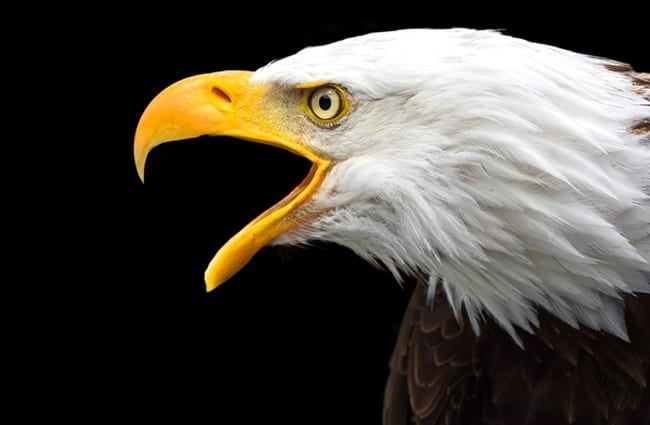
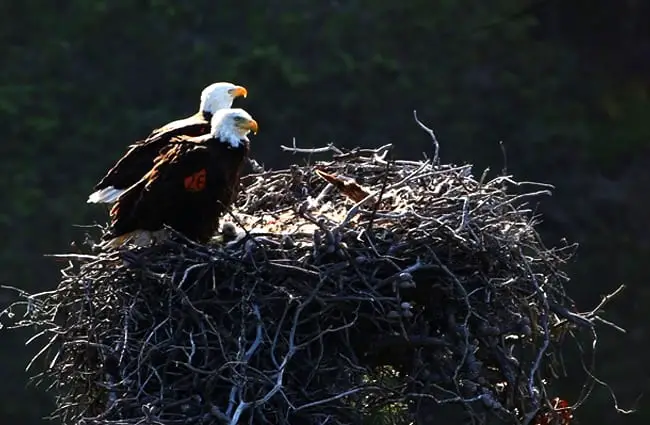
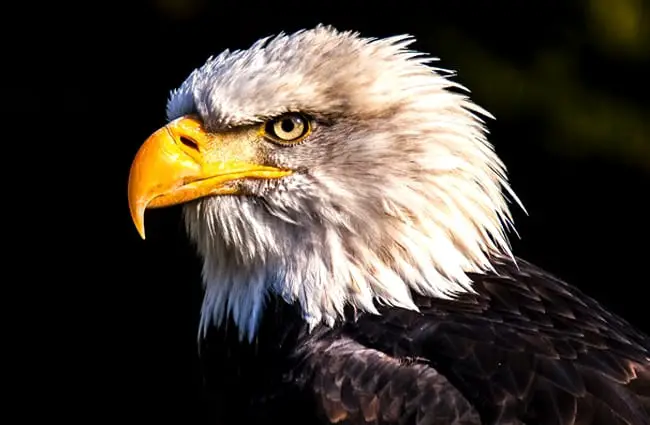
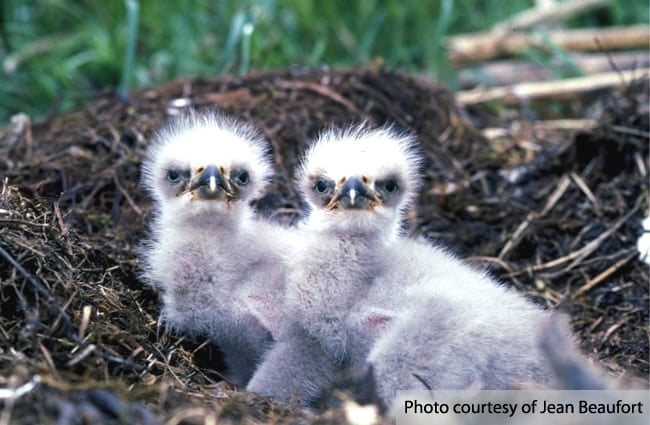

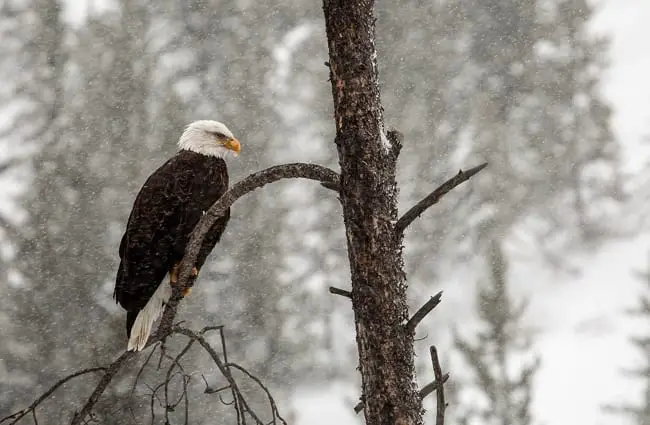

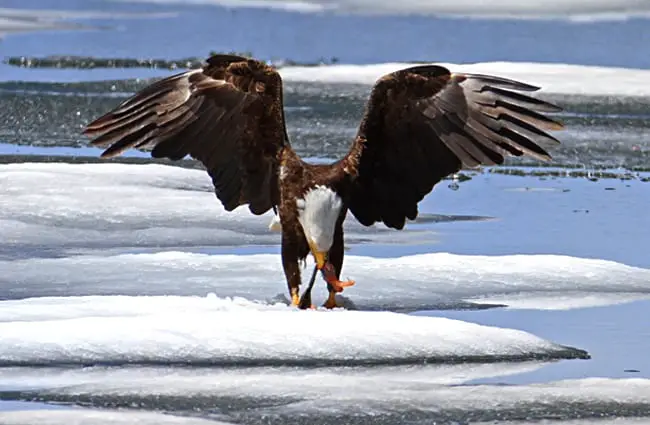

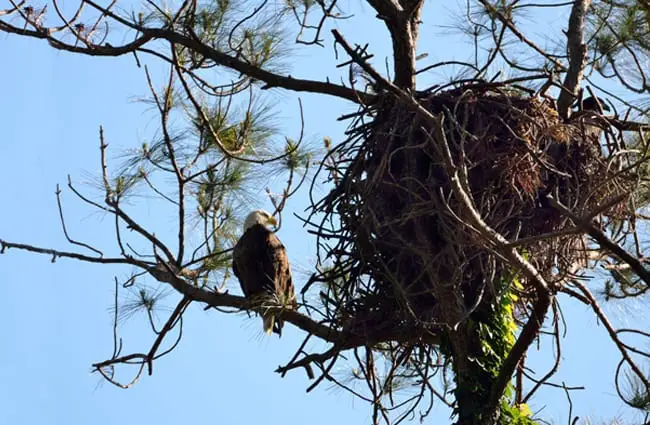
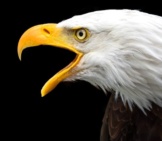





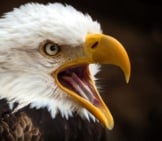

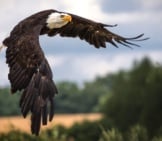

![Red Angus Closeup of a beautiful Red Angus cowPhoto by: U.S. Department of Agriculture [pubic domain]https://creativecommons.org/licenses/by/2.0/](https://animals.net/wp-content/uploads/2020/03/Red-Angus-4-238x178.jpg)












![Red Angus Closeup of a beautiful Red Angus cowPhoto by: U.S. Department of Agriculture [pubic domain]https://creativecommons.org/licenses/by/2.0/](https://animals.net/wp-content/uploads/2020/03/Red-Angus-4-100x75.jpg)

